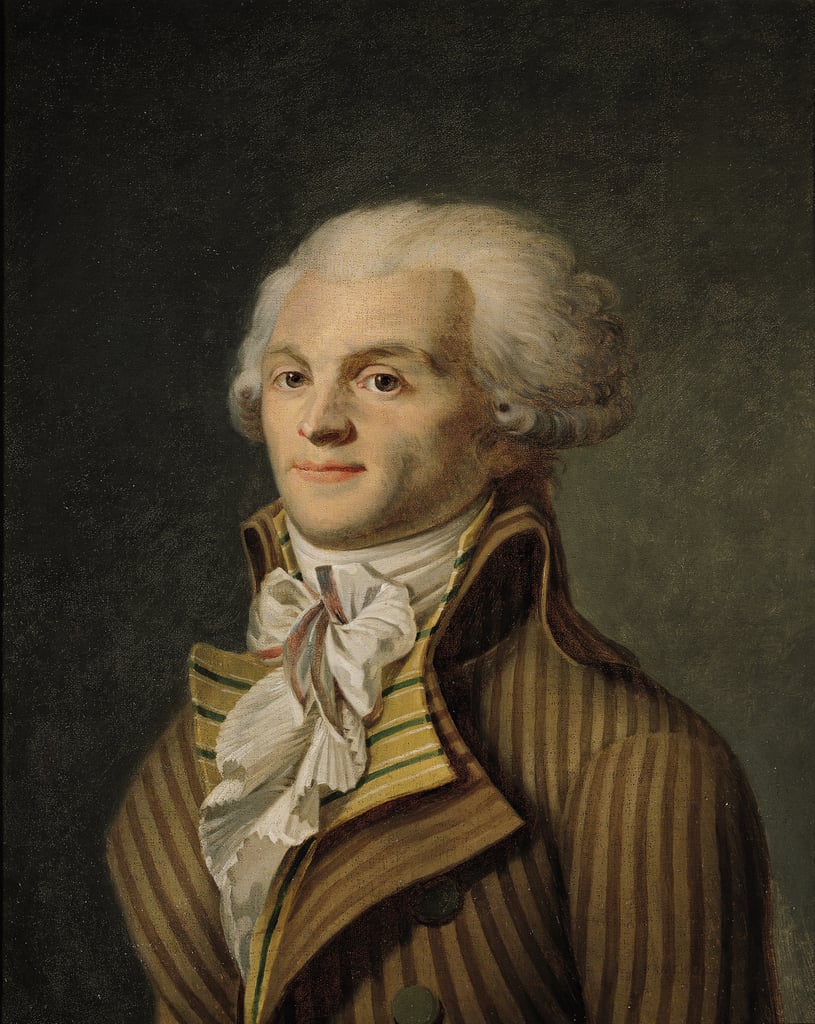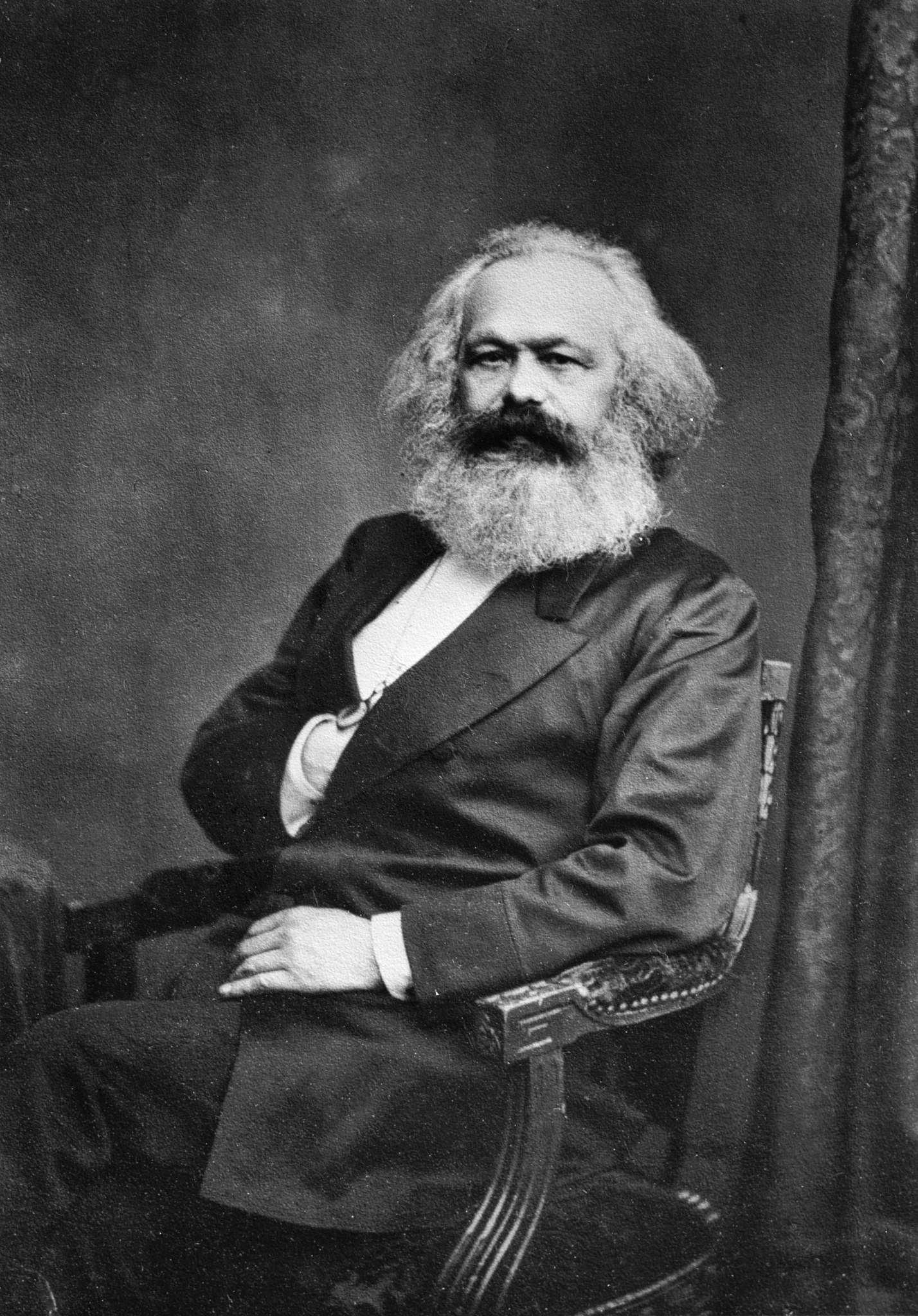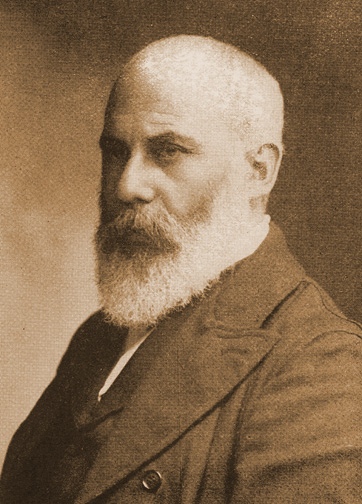“The Origins of American Marxism” is a book published
in 1969 by Monad Press, a subdivision of Pathfinder Press, the publishing arm
of the U.S. Socialist Workers Party. The author, David Herreshoff, worked with
the SWP in the anti-Vietnam War movement. However, since his book doesn't
contain any SWP-ish rhetoric, I assume it isn't an official party statement.
The book is more bland than I expected, although it does mention some pretty
colorful characters. I admit that I bought it mostly because of the subtitle,
“From the Transcendentalists to De Leon”. A Marxist trying to claim Ralph Waldo
Emerson?
Actually, Herreshoff doesn't attempt to claim the sage of Concorde. According
to the author, Emerson did say things that sounded radical, and his sympathies
were with the laborers rather than the employers. However, he lacked faith in
the ultimate revolutionary capacity of the working class, and didn't believe
utopian socialist communes were an alternative either. This led Emerson to
emphasize individual self-improvement as a necessary prelude to collective
action at some more distant point in the future. Another difference between
Emerson and Marx was that the latter regarded the city as more advanced than
the countryside, while Emerson thought the opposite (think Thoreau and Muir).
Herreshoff then discusses Orestes Brownson, another Transcendentalist with
sympathies for the nascent labor movement. Brownson joined the Workingmen's
Party of New York in 1828, one of the first labor parties in the world.
However, his labor radicalism soon run into trouble as he proposed to support
the Democrats (including the slave power in the South) against the Whigs, which
he identified with capitalist interests. To hold the labor-agrarian-planter
alliance together, Brownson opposed abolitionism. Later, he abandoned labor
radicalism (and Emerson's Transcendentalism) altogether, converting to the
Roman Catholic Church. Brownson did support the Union and abolition during the
Civil War, even going so far as to back the more radical Frémont against
Lincoln, but Herreshoff believes that this was a kind of provocation. Brownson
wanted to keep the South in the Union to make the United States more
conservative, and he really wanted to control the Blacks once the war was over
– presumably, he therefore had the same positions as Andrew Johnson! During the
war itself, however, the best way to defeat the Confederacy was through a tactical
alliance with the most radical abolitionists…
Herreshoff devotes an entire section of his book to German émigrés in the
United States, since it was these who brought Marxism with them to the new
world. Many also fought in the Union Army. Joseph Weydemeyer may have been the
first (and only?) U.S. colonel freely disseminating “The Communist Manifesto”
while still in uniform! Friedrich Sorge eventually became the foremost
spokesman of Marxism in the United States, after first going through a
“bourgeois radical” phase as a militant enlightenment atheist. Herreshoff also
mentions Herman Kriege, “the world's first former Marxist”, who broke with Marx
already before the publication of the Communist Manifesto.
The main problem for Marxism in the new world was the weakness of the labor
movement, reflecting the weakness of the working class itself in a still
predominantly agrarian nation. Since any labor party risked being assimilated
by one of the two major parties, or swamped by agrarian populists or “middle class
reformers”, Sorge concentrated on Marxist propaganda and journalism, coupled
with a kind of pure-and-simple unionism which emphasized the economic demands
of the workers rather than more general politics. Once the frontier was closed
and industrial development was in full swing, the objective factors would
change and finally favor socialism, or so Sorge reasoned. Of course, this
didn't stop him (nor Marx) from fiercely supporting the Union during the Civil
War.
The most peculiar characters mentioned in the book are Stephen Pearl Andrews
and Victoria Woodhull, two Spiritualists (sic) who joined the First
International's American section. The First International (then known as the
International Workingmen's Association) was indeed an international organization
which encompassed most socialist currents (and a few non-socialist ones), and
within which the Marxists had a strong influence. Andrews and Woodhull led what
was essentially a kind of religious sect, with Andrews claiming to be the Grand
Master of all Freemasons in the world and a self-proclaimed candidate for the
papacy in Rome! Some of their proclamations are unintentionally comic, such as
this one: “The Universal Formula of Universological Science – UNISM, DUISM and
TRUISM”. They also proposed the creation of an international language, Alwatol.
However, these crackpots had a political side which was potentially dangerous
for Sorge and the Marxists. Andrews and Woodhull represented the dreaded
agrarianism and “middle class reformism”, in the form of action-oriented
feminism, demands for greenbacks, and support for President Grant's plan to
annex Santo Domingo as a prelude to spread “universal” civilization to the
backward nations. The Spiritualists and their Anti-Pope were eventually pushed
out of the International by Marx, but by then, the organization had already
become moribund.
About half of “The Origins of American Marxism” deal with Daniel De Leon, the
central leader and theoretician of the Socialist Labor Party from circa 1890 to
his death in 1914. The author is surprisingly charitable to De Leon, who is
usually condemned or at least sharply criticized by most currents on the left.
While the first Marxists on U.S. soil had to come to terms with non-labor
radicalism (or worse), De Leon's main problem was “conservatism” in a rapidly
expanding labor movement. De Leon eventually lost that fight, with the SLP
becoming a group with little influence, overtaken by the IWW and the Socialist
Party of Eugene V Debs.
Overall, I get the impression from the book that U.S. Marxism during the 19th
century was a long list of false starts, with the Marxists often retreating
into sectarian self-isolation, rather than uniting with the populists,
reformers and moderate socialists – the only way to get real influence. This is
curious given the fact that Marxists had no trouble supporting the “bourgeois”
Union against the feudal Confederacy, even to the point of calling for unity
around Lincoln rather than backing Frémont.
The author concludes with a rather bland and noncommittal chapter, in which he
bemoans the failure of Marxism to really accommodate itself to American soil,
using the Communist Party as a contemporary negative example. While the author
says relatively little about the “Negro” question in this book, he does seem to
regard it as central, since he here and there criticizes various Marxist (or
“Marxist”) figures for not taking it seriously enough. The book ends with the
hope that the industrial working class will still prove itself to be a dynamic
revolutionary class.
With this, I have to leave you for today.




.jpg)













